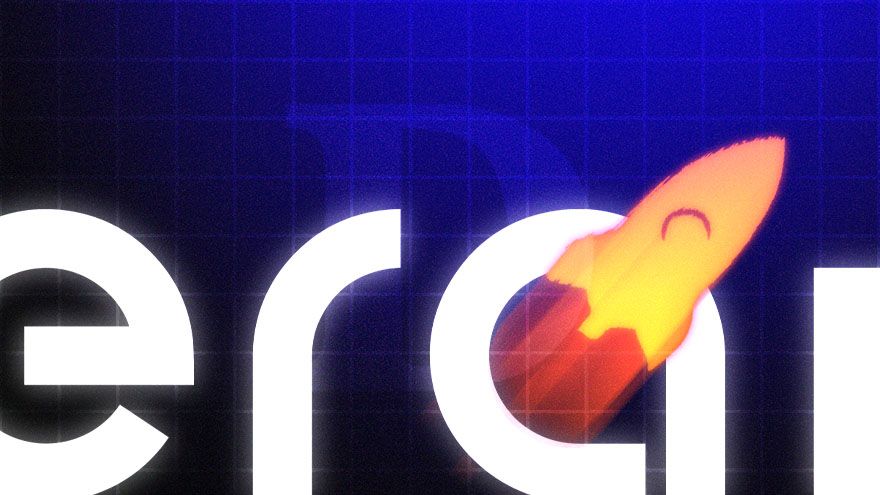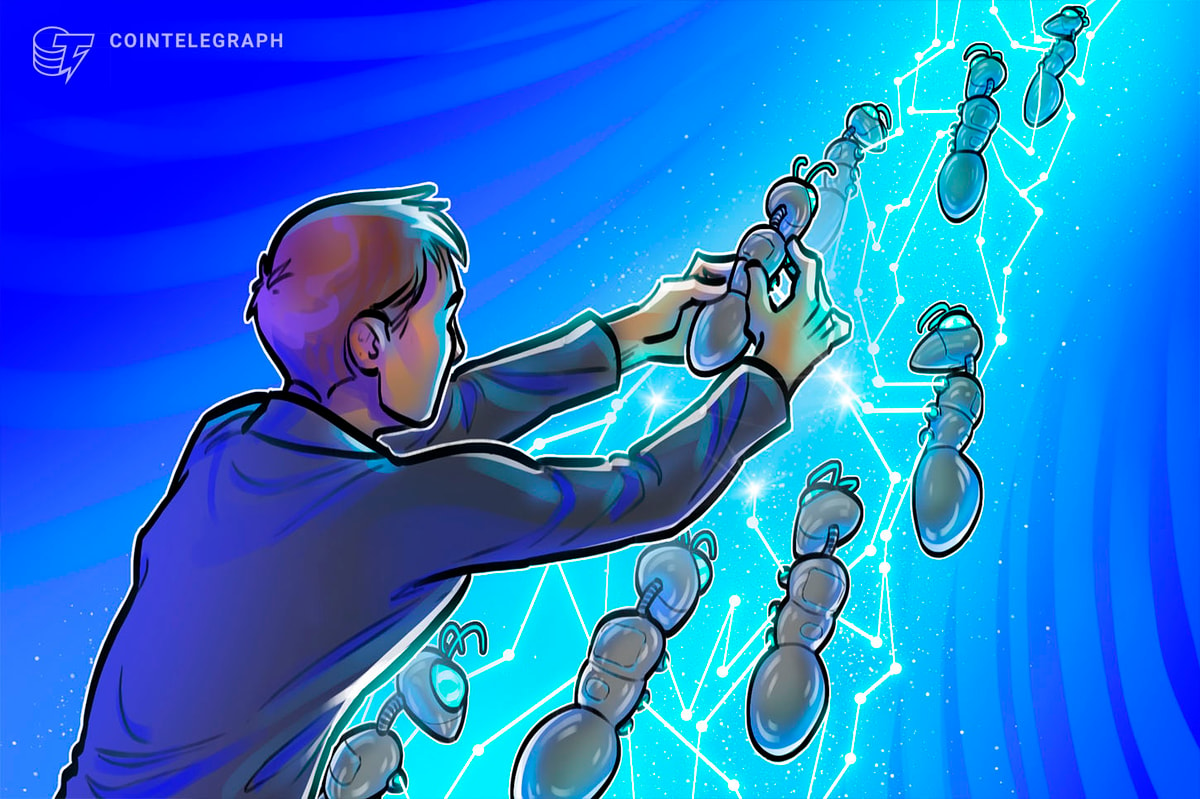Liquid Staking Protocol Looks To Combat Lido’s Dominance With DeFi and Layer 2 Integrations
Rocket Pool’s rETH liquid staking token is live on Layer 2 network zkSync Era.
With Ethereum mainnet fees on the rise, Layer 2 integrations enable a low-cost way to obtain rETH, which is a yield-bearing liquid staking token (LST), meaning tokenholders can accrue Ethereum staking rewards without running a node themselves.
“We’ve made significant progress in implementing L2 integrations over the past few months,” Darren Langley, general manager at Rocket Pool, told The Defiant. “This strategic approach aims to maximize the accessibility of rETH — users can enjoy lower fees and faster transactions, making rETH even more convenient to use across these Layer 2 networks.”
Rocket Pool is the sixth-largest staking entity with 673,986 ETH ($1.2B) and the second-largest LST provider, according to Dune Analytics.

Rocket Pool has seen explosive growth since its Atlas upgrade in April. The supply of rETH has since increased by 75% alongside a 55% increase in total value locked to $1.8B, making Rocket Pool the 10th largest protocol on Ethereum.
Rocket Pool’s RPL token is up nearly 5% in the past week.
DeFi Integrations
The zkSync Era deployment comes as rETH is proliferating across DeFi. On Thursday, MakerDAO passed a proposal for Spark Protocol, Maker’s new money market protocol, to onboard rETH.
“DeFi integrations play a pivotal role in Rocket Pool’s growth strategy, unlocking enhanced utility and flexibility for rETH,” Langley said. “rETH has reached a tipping point, and the number of integrations is expanding considerably. This solidifies rETH’s position in the market and opens up new opportunities for users to engage with DeFi.”
Expanding rETH’s DeFi footprint may be key for Rocket Pool to compete with Lido, the top LST provider. Lido has attracted 32% of Ethereum’s validators and controls roughly 36% of all staked Ether, igniting concerns that Lido could pose centralization risks to Ethereum.
“Concentrated stake puts Ethereum at risk and threatens the future of ETH, so it’s crucial to address this issue and promote a more diversified ecosystem,” Langley said.
Spark plans to launch a vault with a supply cap of 20,000 rETH and a borrowing cap of 2,400 rETH. Users can borrow up to a loan-to-value threshold of 68.5% and will face liquidation at 79.5%.
zkSync Era Gains Traction
zkSync Era is rETH’s fourth L2 deployment, following Optimism, Arbitrum, and Polygon. The network is secured by zero-knowledge proofs and is compatible with Ethereum.
Era has rocketed up the L2 rankings since launching its mainnet in March, to become Ethereum’s third-largest Layer 2 with $372M in total value locked, according to L2Beat.
The rapid growth of its DeFi sector was likely bolstered by opportunistic airdrop farmers hoping to cash in if zkSync drops a token to early adopters in the future.
[@portabletext/react] Unknown block type “newsletterReference”, specify a component for it in the `components.types` prop
Read More: thedefiant.io









 Bitcoin
Bitcoin  Ethereum
Ethereum  Tether
Tether  XRP
XRP  Solana
Solana  USDC
USDC  Dogecoin
Dogecoin  TRON
TRON  Cardano
Cardano  Lido Staked Ether
Lido Staked Ether  Wrapped Bitcoin
Wrapped Bitcoin  Hyperliquid
Hyperliquid  Sui
Sui  Wrapped stETH
Wrapped stETH  Chainlink
Chainlink  Avalanche
Avalanche  Stellar
Stellar  Bitcoin Cash
Bitcoin Cash  LEO Token
LEO Token  Toncoin
Toncoin  Shiba Inu
Shiba Inu  Hedera
Hedera  WETH
WETH  USDS
USDS  Litecoin
Litecoin  Wrapped eETH
Wrapped eETH  Monero
Monero  Polkadot
Polkadot  Binance Bridged USDT (BNB Smart Chain)
Binance Bridged USDT (BNB Smart Chain)  Ethena USDe
Ethena USDe  Bitget Token
Bitget Token  Pepe
Pepe  Pi Network
Pi Network  Coinbase Wrapped BTC
Coinbase Wrapped BTC  WhiteBIT Coin
WhiteBIT Coin  Aave
Aave  Uniswap
Uniswap  Dai
Dai  Bittensor
Bittensor  Ethena Staked USDe
Ethena Staked USDe  Aptos
Aptos  Cronos
Cronos  NEAR Protocol
NEAR Protocol  OKB
OKB  Jito Staked SOL
Jito Staked SOL  BlackRock USD Institutional Digital Liquidity Fund
BlackRock USD Institutional Digital Liquidity Fund  Internet Computer
Internet Computer  Ondo
Ondo  Ethereum Classic
Ethereum Classic